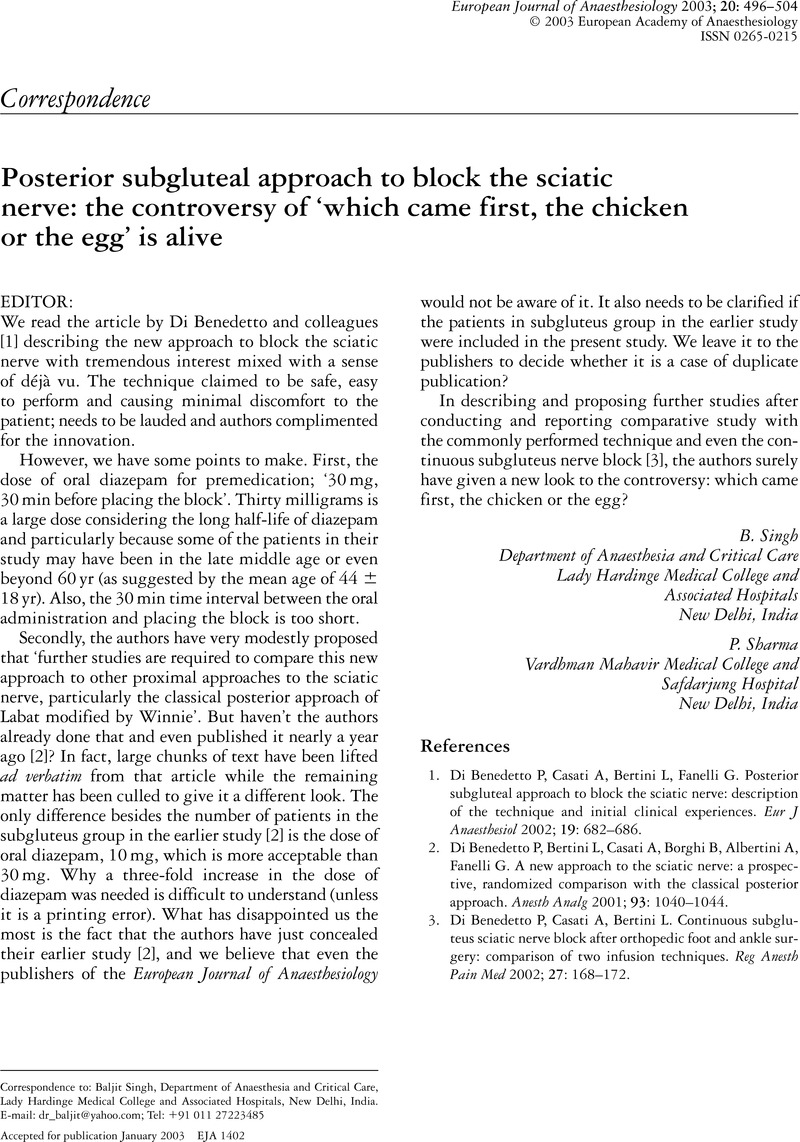Crossref Citations
This article has been cited by the following publications. This list is generated based on data provided by Crossref.
Gui, Yong-Kang
Zeng, Xiao-Hui
Xiao, Rui
Xi, Wen-Feng
Zhang, Dan
Liu, Yang
Zhu, Si-Hui
Da, Xin
Shi, De-Wen
Hu, Xu-Dong
and
Xu, Guang-Hong
2023.
The Effect of Dezocine on the Median Effective Dose of Sufentanil-Induced Respiratory Depression in Patients Undergoing Spinal Anesthesia Combined with Low-Dose Dexmedetomidine.
Drug Design, Development and Therapy,
Vol. Volume 17,
Issue. ,
p.
3687.


